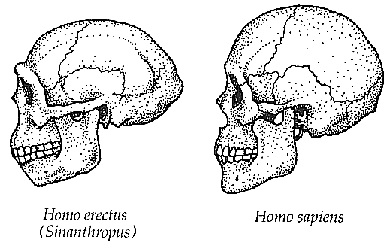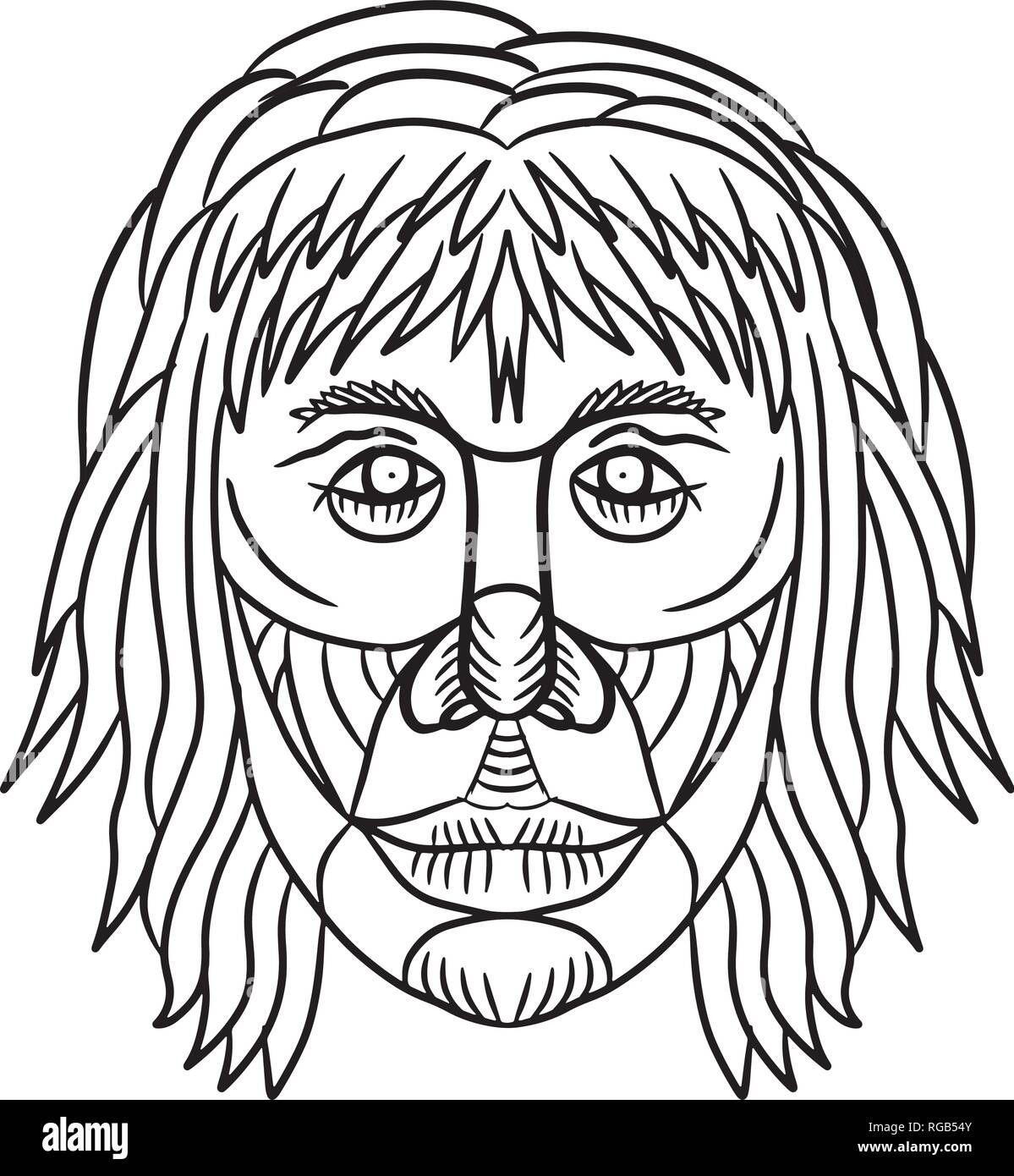
The Taung child was two to three years old when it died. “ Smithsonian Institution Archives – SIA-SIA2008-0845” from the Smithsonian Institution Archives is in the public domain. Dart named his find Australopithecus africanus, meaning “southern ape of Africa,” and the specimen became known as the “ Taung Child.” Raymond Dart. He based this on the anterior position of the foramen magnum and aspects of brain morphology reflected on the interior of the skull vault. When presented with the material, Dart established that it was the face, mandible, and endocast (fossilized interior of the cranial vault) of a juvenile hominin. The fossilized remains came from the Taung Quarry in the process of blasting for lime. However, it conjures up amusing possibilities in my mind! We certainly do not know what most paleoanthropologists were doing when they were presented with fossil finds. I am not sure why we need to know what he was doing when he got his hands on the goods. He is said to have attempted to use his wife’s knitting needles to extract the fossils from the surrounding matrix. The Taung material was brought to him by either quarry workers or a colleague while he was dressing for the wedding of his daughter or friend, depending on the source you read. I have read several accounts over the years of the fateful day when the fossil material landed in Dart’s hands. Raymond Dart was a renowned Australian anatomist who was teaching at the University of Witwatersrand in South Africa at the time of the discovery. The work of Dart and Broom played a pivotal role in directing attention to Africa as the birthplace of humanity, as Charles Darwin had earlier predicted. While his claim to have discovered a human ancestor was not initially accepted by the scientific community, he was vindicated when Robert Broom began finding similar material at other South African sites. Raymond Dart was the first to recognize a fossil hominin in Africa.

Over millennia, many of the caves filled in with mineralized deposits and as the ground surfaces eroded, the underlying deposits were exposed and mined and then later excavated for fossils.īIOGRAPHICAL SKETCH: RAYMOND DART (1893–1988) and the “TAUNG CHILD” Fossilization was facilitated by water dripping on bones and calcifying, just as stalagmites form. Those caves formed via underground water activity. Most of the fossils came from caves, some of which were discovered during mining and blasting activities. Material from more than 200 individuals has been collected over more than 80 years. africanus is known only from sites in South Africa (see map showing the major fossil sites in Chapter 11, Figure 11.3). africanus as ancestral to the more derived robust forms, that still leaves unresolved those characteristics shared between Au. sediba shares many characteristics with genus Homo. africanus → Homo scenario was closer to the truth in that Au. However, with the new evidence being put forth for Au. This schema has gained popularity in recent years. africanus and the Homo lineage, suggesting a cladistic event had occurred at Au. afarensis was the common ancestor of both Au. However, some researchers have always believed that Au. Traditionally, the species was favored as the immediate ancestor of the Homo lineage, specifically of Homo habilis. africanus is considered to be a gracile australopith by some and a robust australopith by others. africanus specimens falls between 3 and 2 mya. Most dates can only be represented as ranges hence the date for the earliest Au.

Unlike East African material that can be dated using a variety of techniques, primarily due to past volcanic activity, South African fossils and sites are much more difficult to date. africanus showed that early hominins were bipedal apes as opposed to quadrupedal humans. Eugène Dubois’s discovery of the Javanese Homo erectus fossils in 1891 refuted the reigning belief that “we got smart before we stood up.” Once Dart’s claims were accepted, the world realized the extent to which that idea was false. In 1924, Raymond Dart (see his biographical sketch this chapter) identified the face, mandible, and endocast as being that of a juvenile bipedal ape (see Figure 15.1).

Brain INTRODUCTIONĪustralopithecus africanus was the first fossil hominin discovered in Africa. Taung, Makapansgat, Sterkfontein, Drimolen, and Gladysvale, South Africa PEOPLE


 0 kommentar(er)
0 kommentar(er)
